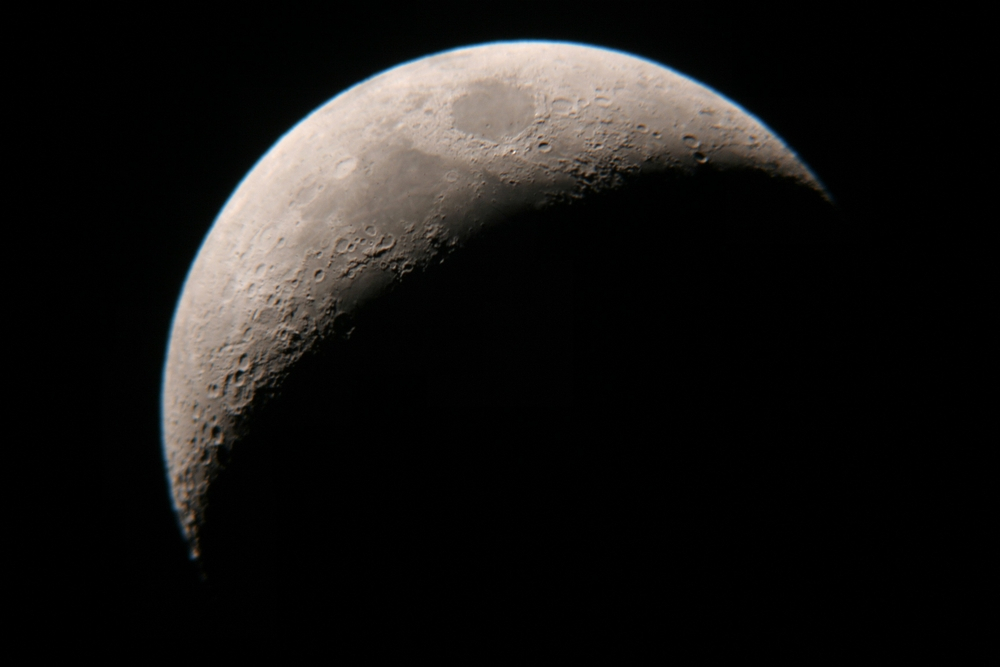
One of our moon’s most visible features, a vast crater known as Mare Imbrium (Sea of Showers) to serious sky scourers, but more commonly as the right eye of the ‘Man in the Moon’, was created by a massive asteroid more than 250km across, according to a new study.
Multiple generations of children and adults around the world have stared up at our only permanent natural satellite and made out a friendly face on the lunar surface, with the Imbrium crater forming one eye, but the impact that made this big impression was anything but benevolent.
According to new research, just published in Nature, the huge asteroid that thumped into the moon about 3.8 billion years ago was three times bigger than scientists previously thought. The crater measures more than 1,200km across, and debris from the crash would have rained down on Earth.
‘It would have been a catastrophic period of time,’ according to Professor Peter Schultz, a planetary geologist from Brown University in the US, who was lead author on the study.

Instead of employing computer modelling, Schultz and his team recreated the smash by using a three-storey-high, hyper-velocity gun to fire small spheres of metal travelling at more than 22,000km per hour into a curved aluminium plate, which sounds like an awesome day at the office.
‘We film it with high-speed cameras: things that go up to one million frames a second,’ Schultz told BBC World Service’s Science in Action programme.
After analysing the slowed-down footage and the pattern of debris, they concluded the asteroid was so big it could be classified as a protoplanet, meaning it had the potential to become a fully formed world (until the fateful bingle destroyed it completely, and left a record still visible to this day).
